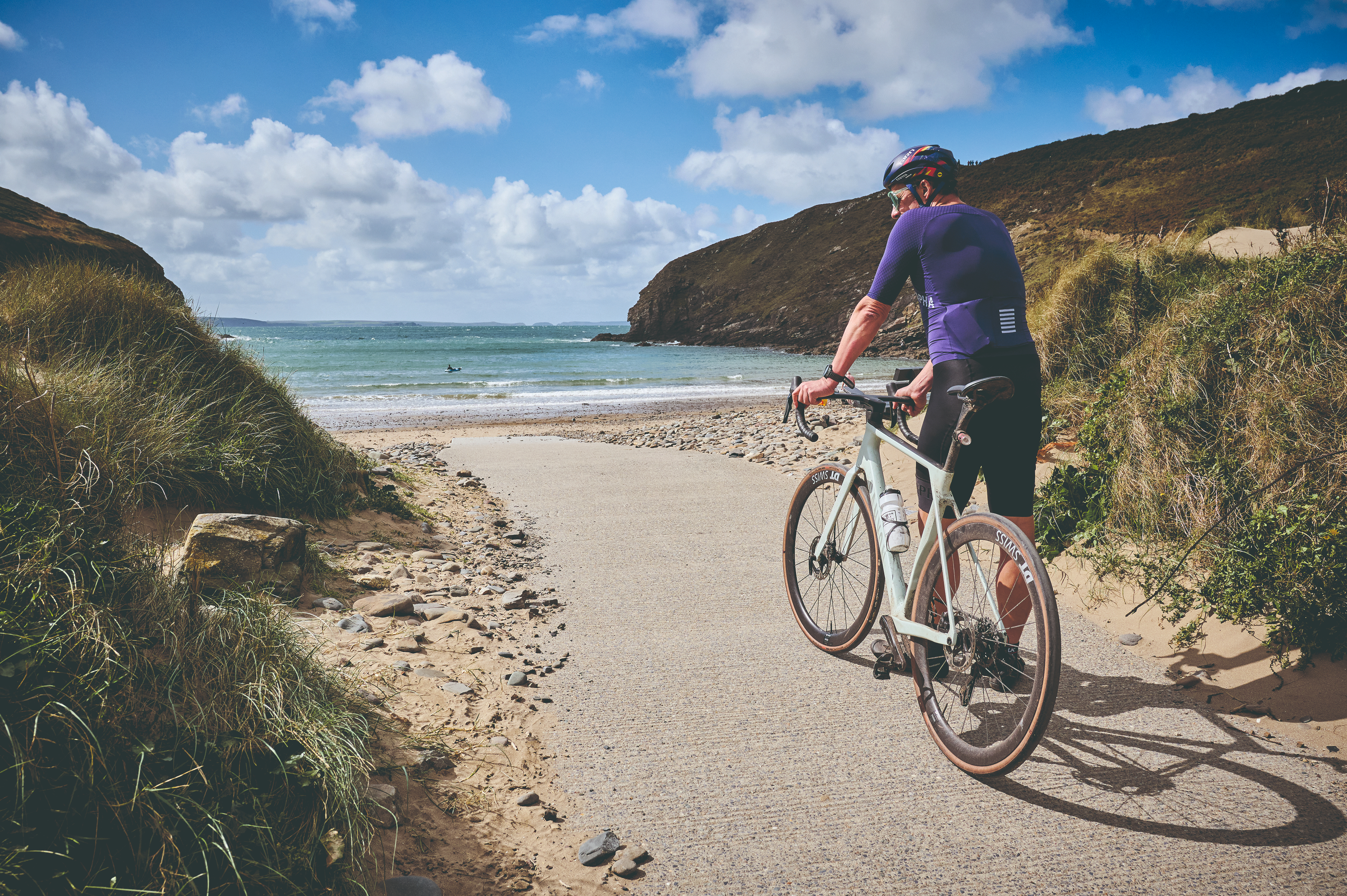Bonk-proof your fuelling: what’s really going on to cause you to ‘bonk’ and how to avoid it
Shaken by a personal experience of that dreaded running on-empty feeling, Anita Bean goes in search of fuelling experts to find out what ‘bonking’ really means and how to avoid it
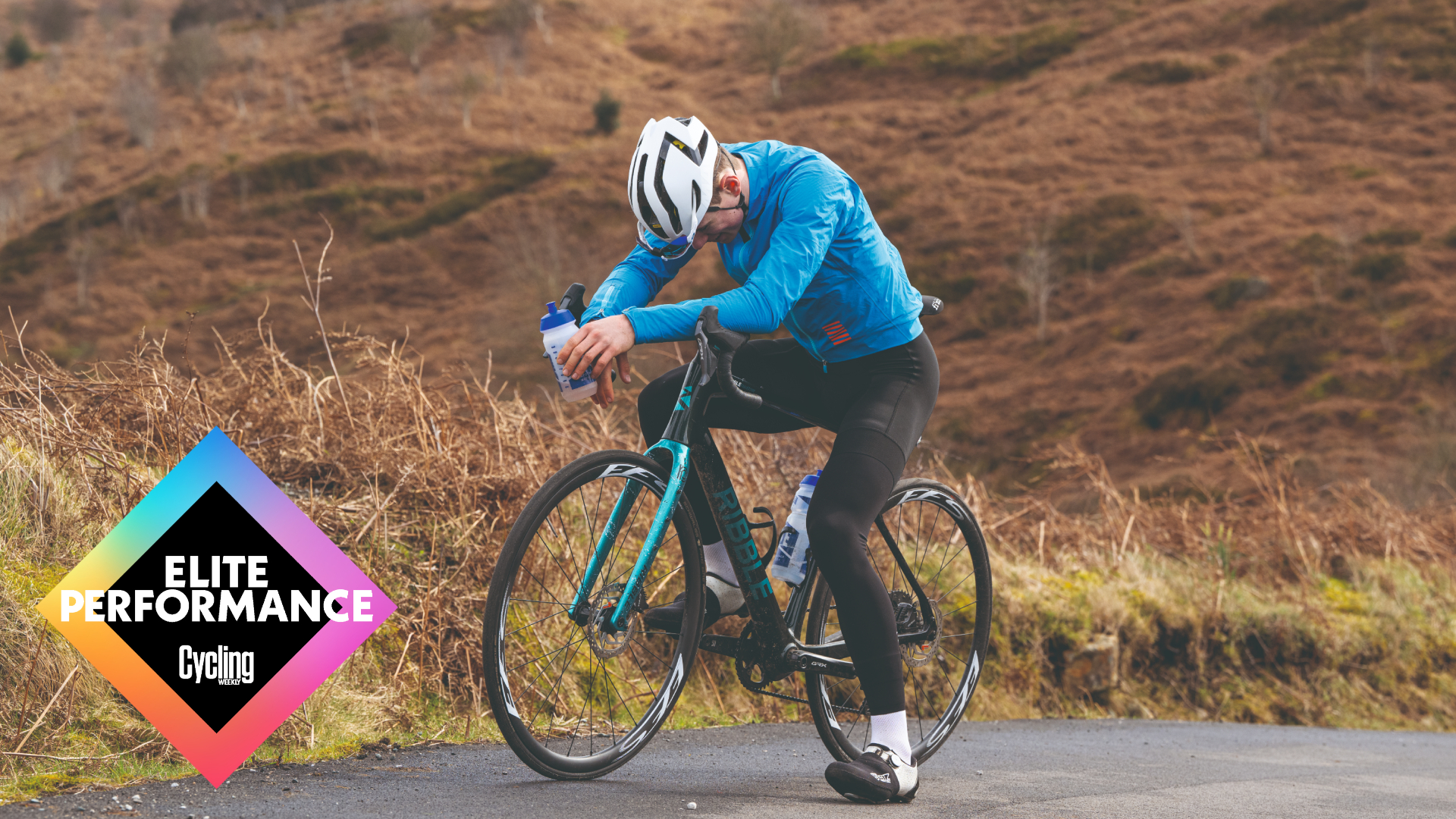
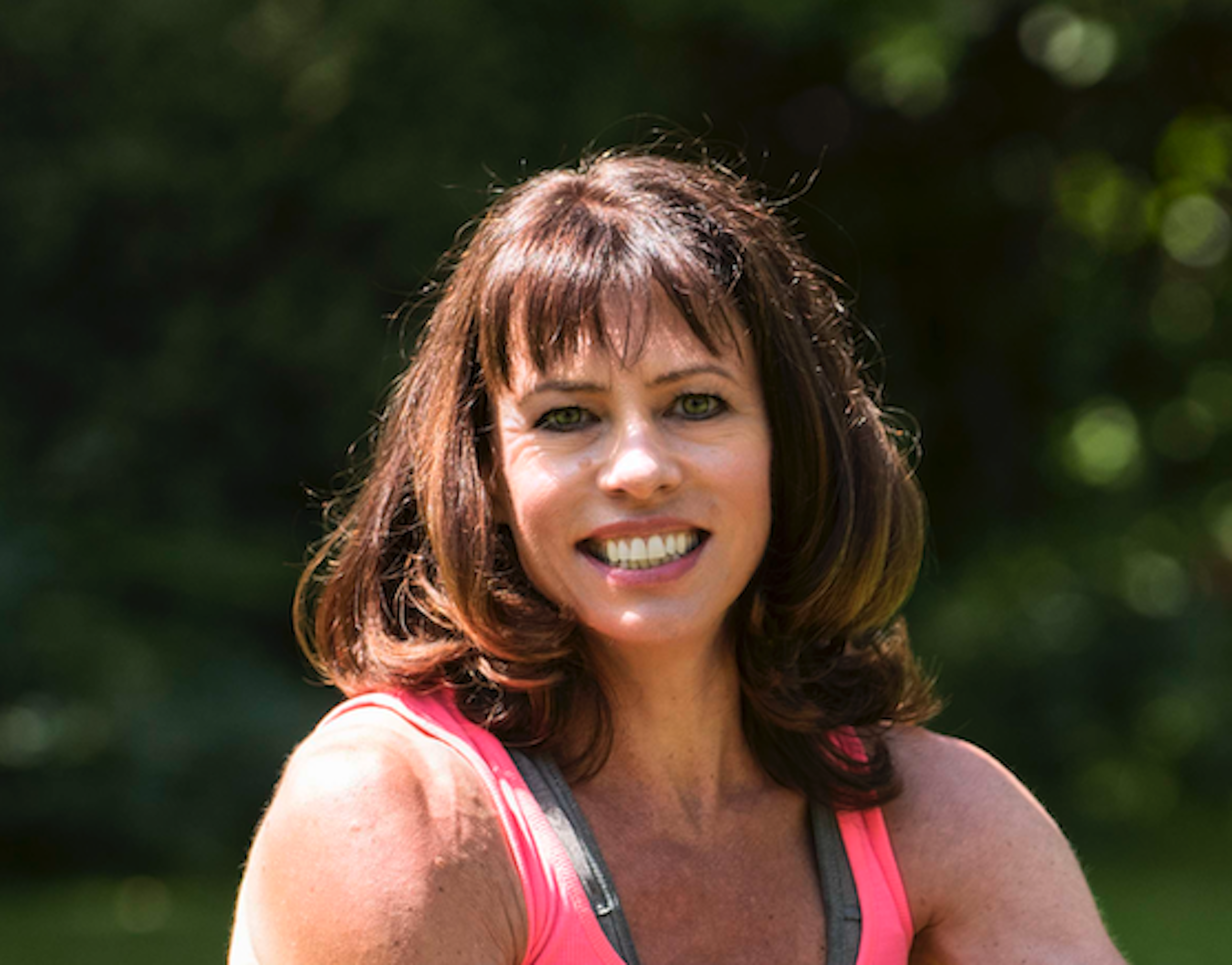
It was a route I’d done plenty of times before. Normally, I’d stop halfway to have a drink and snack but this time I pushed on. After an hour and half of riding at a brisk pace, I wasn’t expecting my legs to feel so tired but I put it down to lack of recovery from a weights workout the previous day. Then, suddenly, without warning, I felt like I was cycling through treacle. Despite mustering up every bit of strength remaining, I had nothing left – the road ahead was starting to blur and I was barely holding a straight line.
What was going on? I felt angry and emotional – with myself, the traffic, the potholes, other cyclists that overtook me. My heart rate was through the roof although I was barely moving. Was I having a heart attack? I pulled over and, with shaking hands, called my husband for help, something I had never done before. It went to voicemail. Tears were running down my face now. Not wanting to attract attention, I got back on my bike and attempted pedalling but managed only a few more metres. My legs felt like jelly. I pulled over again and tried to calm my breathing. That’s when I realised what was happening: I was suffering a ‘bonk’. Worse still, I had no fuel with me and needed to get home.
‘Bonking’ – sometimes called ‘hitting the wall’, ‘blowing up’ or the ‘hunger flats’ – is something that every cyclist dreads. One minute you’re riding high, the next you’re falling hard, your tank empty and your muscles feeling shot to pieces. In a race, bonking certainly means game over – eating or drinking at this stage will not be enough to return you to previous levels of effort. It can also ruin a ride or workout – as I found out. But what is really going on in the body, and how can we steer clear of this horrible experience?
What is bonking in cycling?
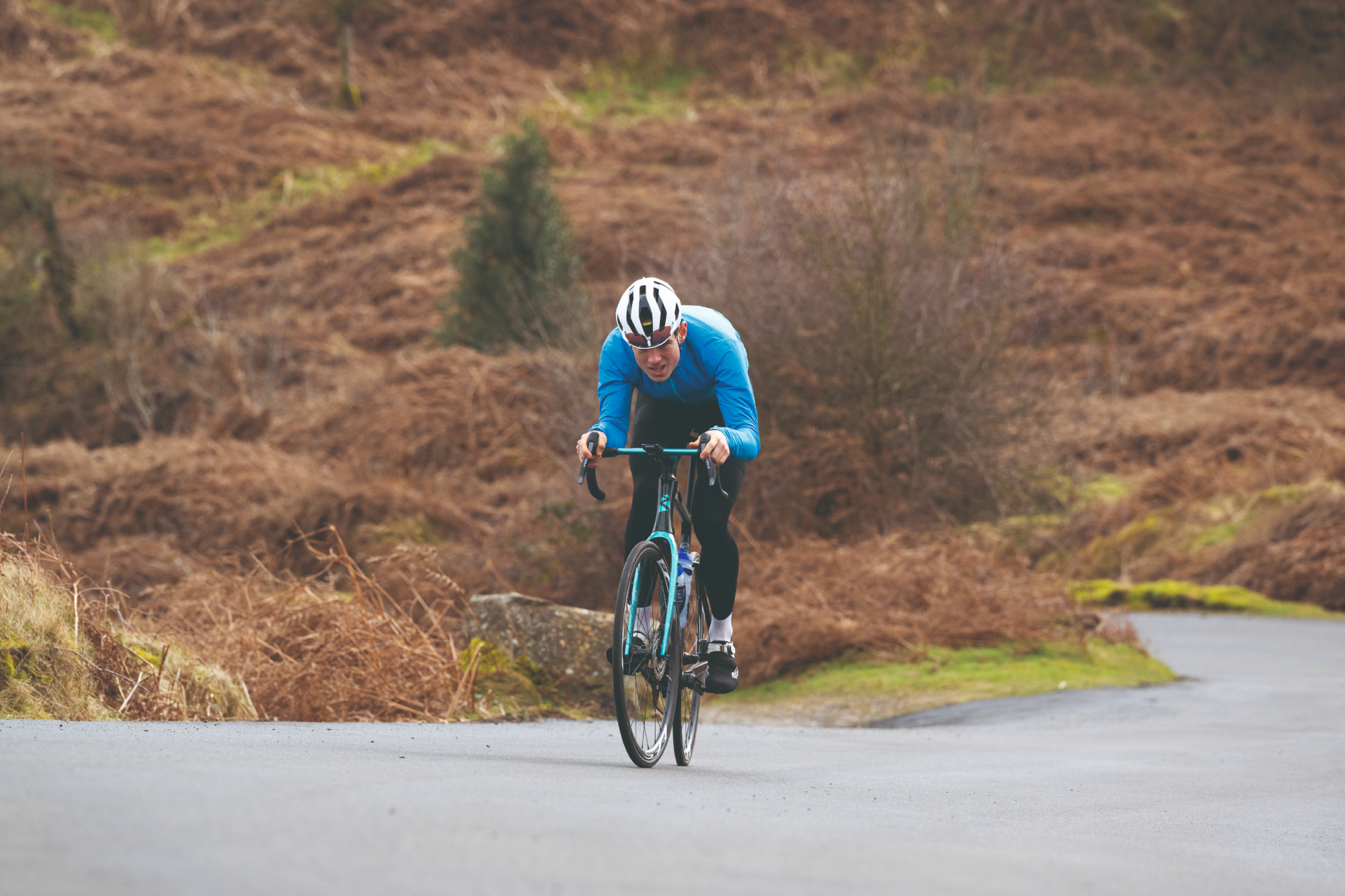
“In simple terms, a bonk occurs when you’ve run out of glycogen,” explains Dr Asker Jeukendrup, a professor of exercise metabolism and multiple Ironman finisher. Glycogen is the stored form of glucose (carbohydrate) and is the major fuel source for exercise – it is broken down by the body into glucose and then energy, or ATP. The limitation here is that we can store only enough glycogen for around two to three hours of moderate to high-intensity exercise (i.e. above 65 per cent of your aerobic maximum). Once you’ve used up all your glycogen, you must rely on fat for fuel.
“There are two aspects to glycogen depletion, and they can happen at the same time,” continues Jeukendrup. “Firstly, in the liver. When this happens, blood glucose concentration drops, you start to feel dizzy and very weak, and there’s no way you can maintain the same power output. Second, there’s glycogen depletion in the muscles, which seriously impairs their ability to exercise.” The liver is essentially the body’s fuel tank – once it’s empty, you’re in trouble. “Liver glycogen depletion is catastrophic to exercise performance,” says Jeukendrup. “It comes on suddenly – one minute you’re fine, the next you’re bonking – whereas the fatigue you feel from muscle glycogen happens more gradually.”
This confirms the sudden, debilitating fatigue I’d experienced on my ride. Clearly, both my liver and muscle glycogen stores were depleted, most likely because I’d ridden hard that morning on an empty stomach, before breakfast. Liver glycogen stores are liable to run low overnight, particularly if you didn’t eat a large meal that evening.
During cycling, both fat and carbohydrate are used to produce energy. Carbohydrate is the body’s preferred fuel source for moderate and high-intensity efforts. When the carbs start to run out, why not switch over to fat for energy instead? “It’s not that simple. You need to consider the amount of ATP you can produce per minute from fat versus carbohydrate,” explains Jeukendrup. “Energy from fat is released much more slowly and requires more oxygen to break down compared to glycogen. If your exercise intensity is very low, then you can fuel it mostly from fat and keep going for a long time. But for higher intensity exercise, you will need some carbohydrate, as you cannot fuel it from fat alone.”
Get The Leadout Newsletter
The latest race content, interviews, features, reviews and expert buying guides, direct to your inbox!
The body’s store of fat is virtually inexhaustible: a reasonably lean 70kg rider has about 90,000kcal-worth of body fat, which in theory is enough to fuel 2,500km of cycling. However, if you were fuelled solely by fat, progress would be very slow, as Jeukendrup explains. “If you run out of glycogen, energy could not be produced fast enough, and it becomes harder and harder to maintain power output. You’ll have to slow down.” So, a bonk is really your body’s way of slowing you down to the point where sufficient oxygen can be provided from using fat as your primary energy source.
Is bonking all in the mind?
Then again, perhaps it’s not as simple as running out of glycogen and needing to switch to fat. In experiments on subjects who exercise to exhaustion and report feeling like they have nothing left, muscle biopsies have found that they still have 25-50 per cent of their glycogen stores remaining. Is it possible that bonking is, at least in part, a psychological phenomenon?
“It has been suggested that the limiters of performance are all in the brain, a lack of motivation and a perception we are putting too much effort in,” says sports psychologist Dr Josephine Perry. “This means in order to go faster, or be able to continue after bonking, requires additional motivation and anything that makes the effort feel easier, such as smiling, self-talk or distraction. These can only work for so long, but we do usually have more energy left – accessible through upping motivation and proactively reducing perception of effort.” To avoid the bonk, therefore, a cyclist needs to train themselves mentally and physically to tolerate running low on carbs – even if they never truly empty the tank. If you always keep carb levels topped up, you may become too reliant on plentiful carbs. That’s why many elite and professional cyclists undertake low-carb sessions, deliberately restricting carb intake before and during training, which has been shown to increase the body’s ability to burn fats.
Does training in a glycogen depleted state help you avoid bonking when it comes to your long event or race? “While low-carb training can result in some adaptive responses, there is, in fact, no evidence that it will delay glycogen depletion or prevent bonking,” says Dr Sam Impey, lead nutritionist for British Cycling. “Low-carb training is useful for making the body burn fats more readily, improving the ability to train at low intensities for longer periods of time, which is fine if accumulating volume is your goal. But if you want to do high intensity work or go up hills, there’s no evidence low-carb training will delay glycogen depletion.” Training too often in a carb-depleted state may even slow you down. “If you do low-carb sessions all the time, you become less efficient at using carbohydrate for fuel, which means during race conditions your performance is compromised,” warns Impey.
How to avoid bonking on a bike ride
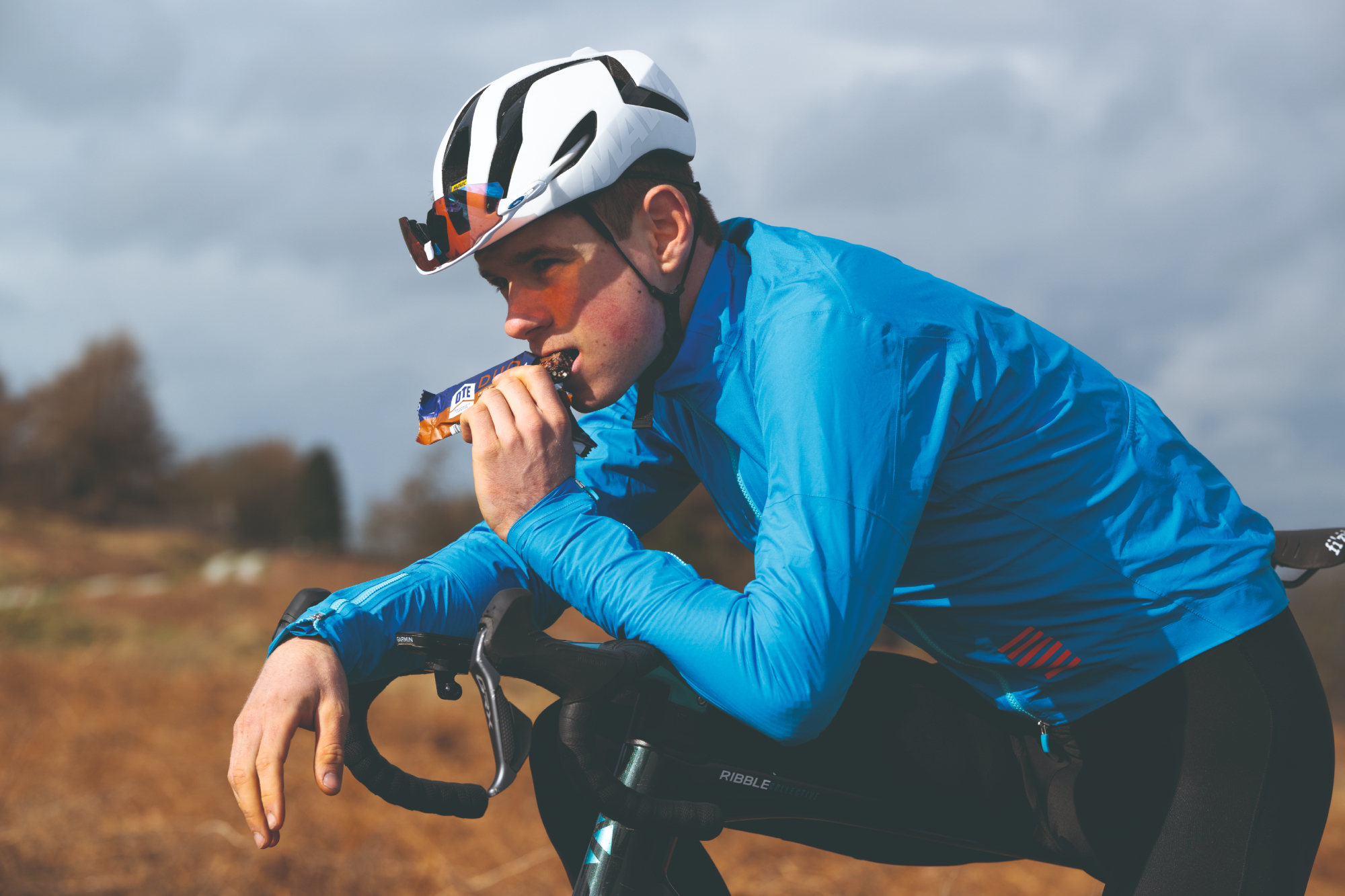
More often than not, it’s lack of adequate fuelling that causes a cyclist to bonk. All the training in the world won’t help you in those last few kilometres of a race or workout unless you have taken your fuelling seriously. “If you plan to ride for several hours, you should ensure glycogen stores are filled up before setting off, and then take in some carbohydrate during the ride, to slow the rate of glycogen depletion. With fully stocked glycogen stores, you’ll likely get further into your ride before feeling tired,” explains Impey.
Carbohydrate loading, which helps increase the muscles’ glycogen stores above normal levels, isn’t necessary for general training rides but for hard rides and events longer than two or three hours it may benefit your performance by two to three per cent and reduce your chances of bonking. The concept dates from the 1960s and it was originally thought that you needed to deplete your glycogen stores initially before loading them, to achieve ‘supercompensation’. It has since been proven that the depletion phase is unnecessary and that simply tapering your training and increasing your carb intake for a couple of days beforehand is the optimal approach.
“I recommend six to 10g of carbs per kilo of body weight per day, depending on the intensity and duration, for 24 to 48 hours before the ride or race,” says Impey. But this isn’t a green light to eat as much pasta as possible. Do that and you’ll risk arriving at the race feeling bloated and heavy. It’s often enough to simply reduce your training load for several days and eat an extra portion of carbohydrate with your main meals during the last two days before the event, plus plenty of high-carb snacks, such as bananas, toast and flapjacks. On race day, Impey advises eating a meal containing 2g of carbohydrate per kilo of body weight two to three hours before setting off, which tops up liver glycogen stores.
Taking in carbohydrate during the ride tops up blood glucose levels, fuelling your muscles, which may spare liver glycogen and reduce your risk of bonking. Portable snacks such as the best energy gels, energy bars, energy drinks, chews and rice cakes are practical options, depending on the relative intensity and personal preference. But it’s important to start fuelling early enough in the ride, before your glycogen gets depleted. Most experts recommend consuming 30g per hour for rides lasting between one and two hours and 60g per hour for rides up to three hours. For longer events, 60 to 90g per hour has been shown to be beneficial.”
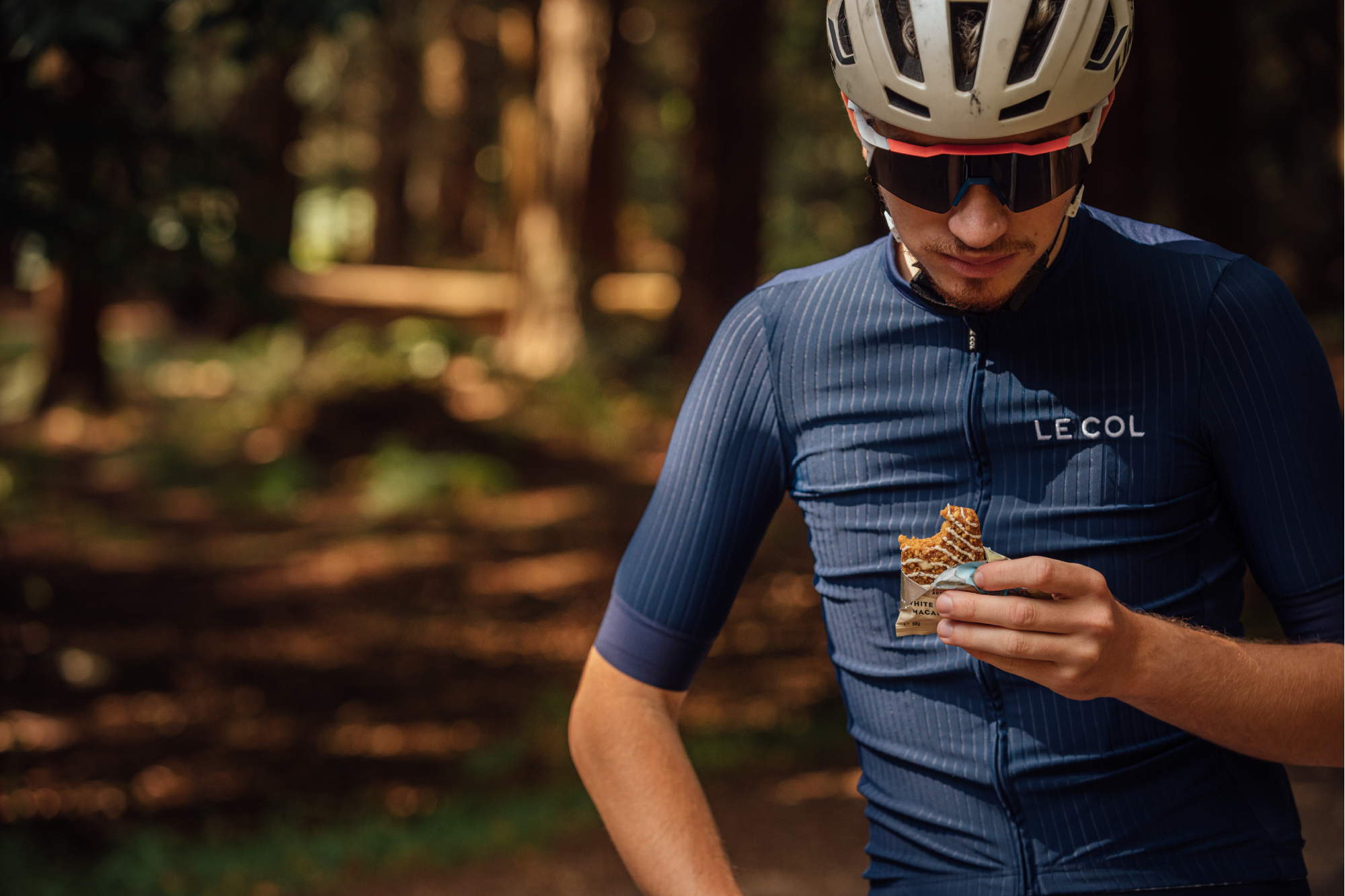
The concept of ‘training the gut’ to absorb more carbohydrate during exercise is commonly practised by professional and elite cyclists. The idea is to start with small quantities and increase slowly over several weeks. With practice, the stomach ‘learns’ to accommodate a greater volume of fluid and food and empty faster. The number and activity of glucose transporters in the gut increases, allowing greater carbohydrate absorption and use during exercise. Most experts recommend consuming a mixture of glucose (or maltodextrin) and fructose.
Devices and apps to help you avoid bonking while cycling
If all the measuring and timing above sounds a bit daunting, among the best apps for cycling then there are nutrition-planning apps that will help you fuel appropriately for your ride, helping to reduce your risk of bonking. Core (fuelthecore.com), developed by Jeukendrup, gives you a custom cycling nutrition plan based on your weight, sport, activity, goals, and preferred fuels. Hexis (hexis.live), developed by Impey, allows you to create a fuelling plan tailored to the demands of your specific workouts, lifestyle and cycling goals.
Another metric you may want to use is blood glucose. Continuous glucose monitors such as Supersapiens attach to the back of your arm and measure glucose levels in the interstitial fluid – a close proxy for blood glucose. It links to an app that tells you whether your levels are falling or rising, and crucially, whether you need to take on fuel to avert a bonk.
Conclusion
Thankfully, I was close to home when I bonked, so was able to crawl back in one piece. As I recharged on biscuits and tea, I vowed never to make the same mistakes again. It was obvious, in hindsight, that I had neglected to fuel adequately before and during my ride. That said, I didn’t appreciate at the time that I hadn’t literally run out of glycogen – I still had plenty of energy to draw from my body fat stores, so I should have simply slowed down as soon as I felt the warning signs.
Having learnt about the psychology of bonking, I now know that positive self-talk and even smiling might have helped. Bonking is preventable, and I’ve learnt the hard way that if you’re riding hard for longer than 90 minutes, you will need to stock up on carbs beforehand and may need to top up during your ride. It’s also possible to head off a bonk if you recognise the initial signs. You may have lost the chance of a fast race finish or PB smashing workout, but you can still reach the end of your ride in good shape.
This full version of this article was published in the print edition of Cycling Weekly. Subscribe online and get the magazine delivered direct to your door every week.

Thank you for reading 20 articles this month* Join now for unlimited access
Enjoy your first month for just £1 / $1 / €1
*Read 5 free articles per month without a subscription

Join now for unlimited access
Try first month for just £1 / $1 / €1

Anita Bean is an award-winning registered nutritionist, internationally published author, health writer and former British bodybuilding champion. She specialises in sport and exercise nutrition and is passionate about helping athletes improve their performance in training and competition. She is the author of The Complete Guide to Sports Nutrition and The Vegan Athlete’s Cookbook and has written for Good Housekeeping, Waitrose Food and Women’s Running. Anita is also the nutritionist for RideLondon and the London Marathon. A strong advocate of an active lifestyle, Anita enjoys cycling, yoga, hiking and strength training.
-
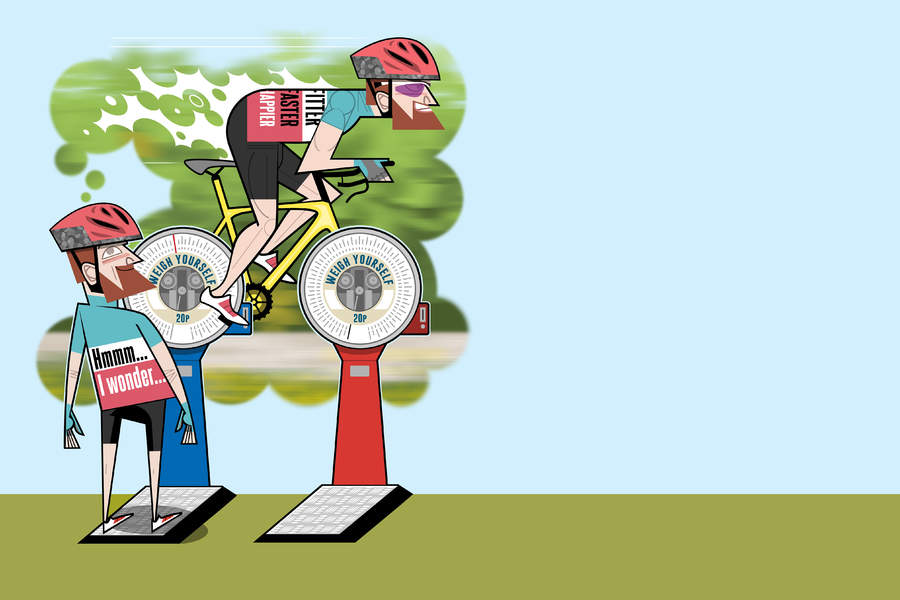 How to lose weight cycling without sacrificing strength
How to lose weight cycling without sacrificing strengthIf you're looking to lose weight cycling, here is a quick guide to reduce that number on the scales to improve your riding
-
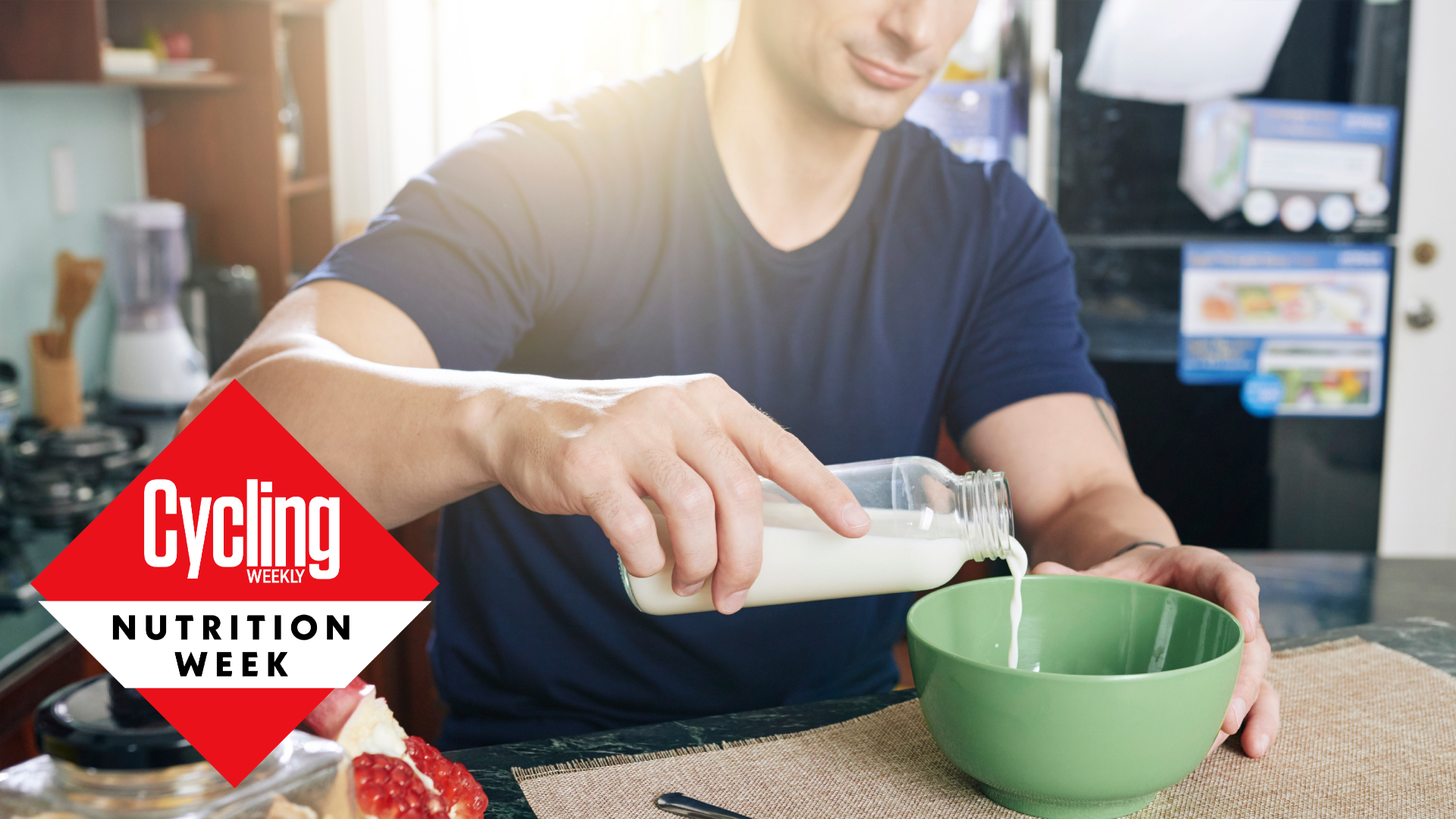 Six foods to avoid before a bike ride and why
Six foods to avoid before a bike ride and whyWe take a look at some of the staples you should steer clear of before heading out on a ride
-
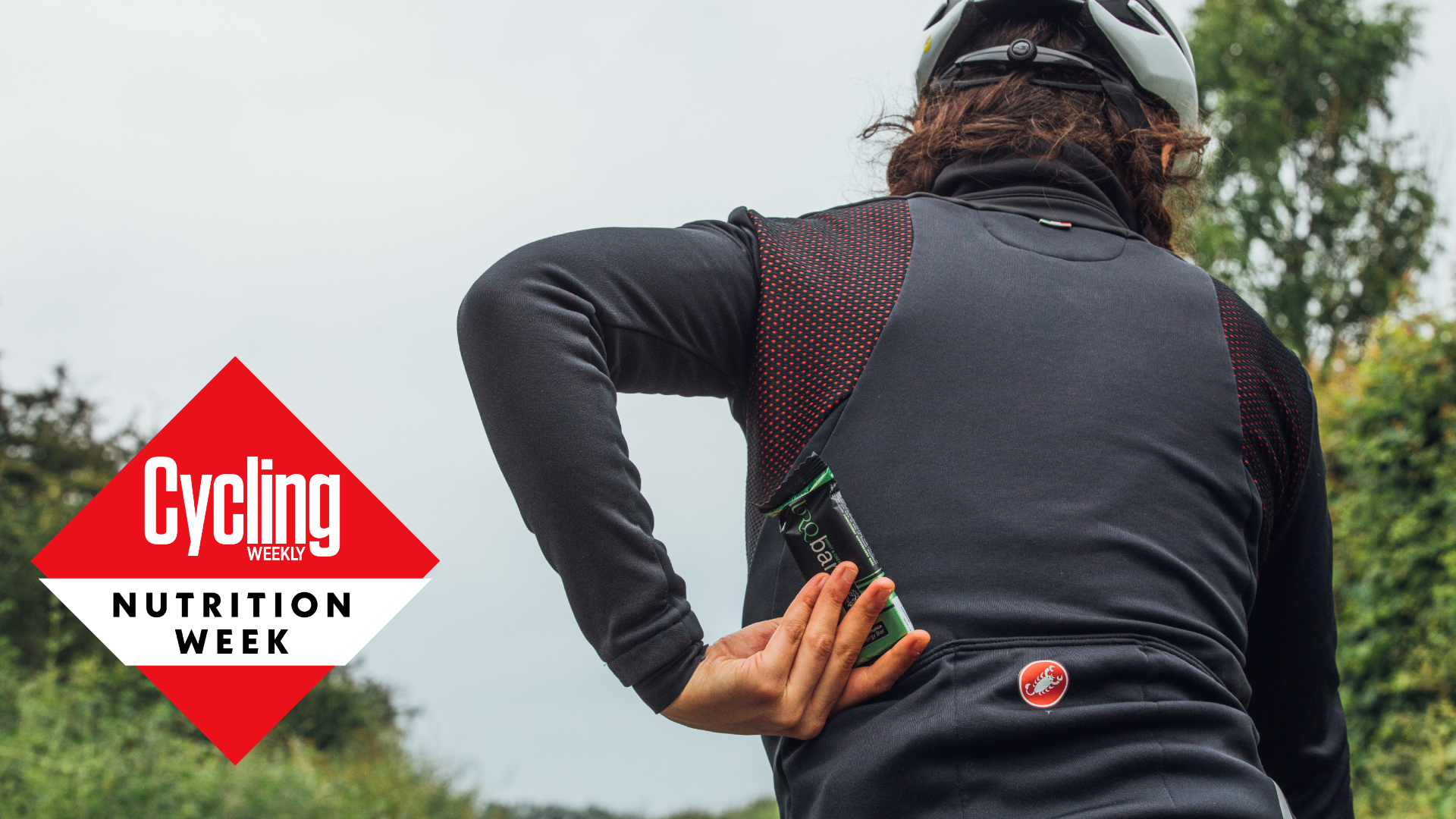 Ask a coach: 'How much should I expect to eat on a 100-mile ride?'
Ask a coach: 'How much should I expect to eat on a 100-mile ride?'It's important to stay fuelled, but just how much food does that mean you should bring?
-
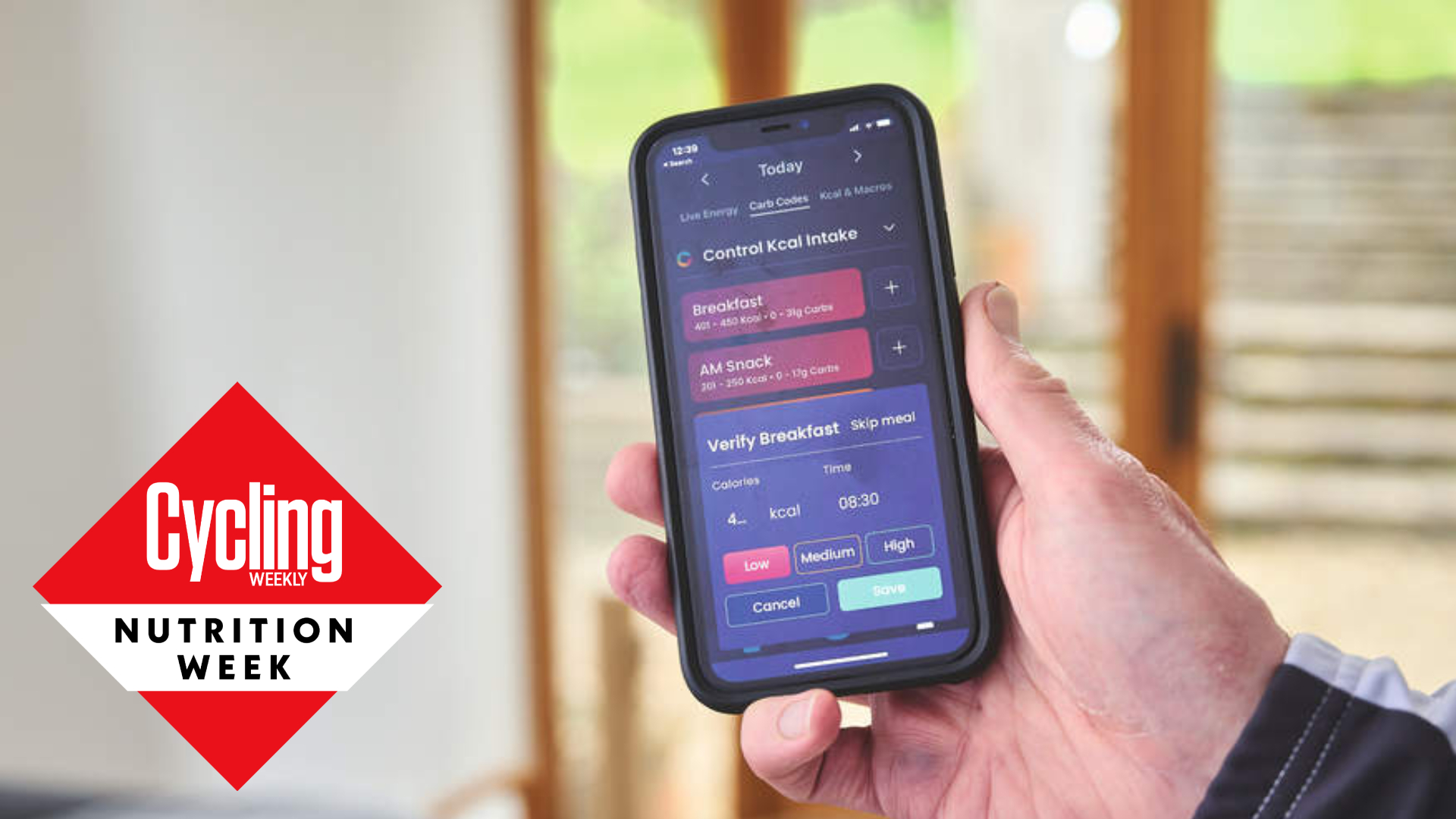 I lowered my body fat by 4.4% after using a nutrition app for 7 weeks
I lowered my body fat by 4.4% after using a nutrition app for 7 weeksCould a smartphone app be the key to hitting your nutritional needs and reaching your riding goals?
-
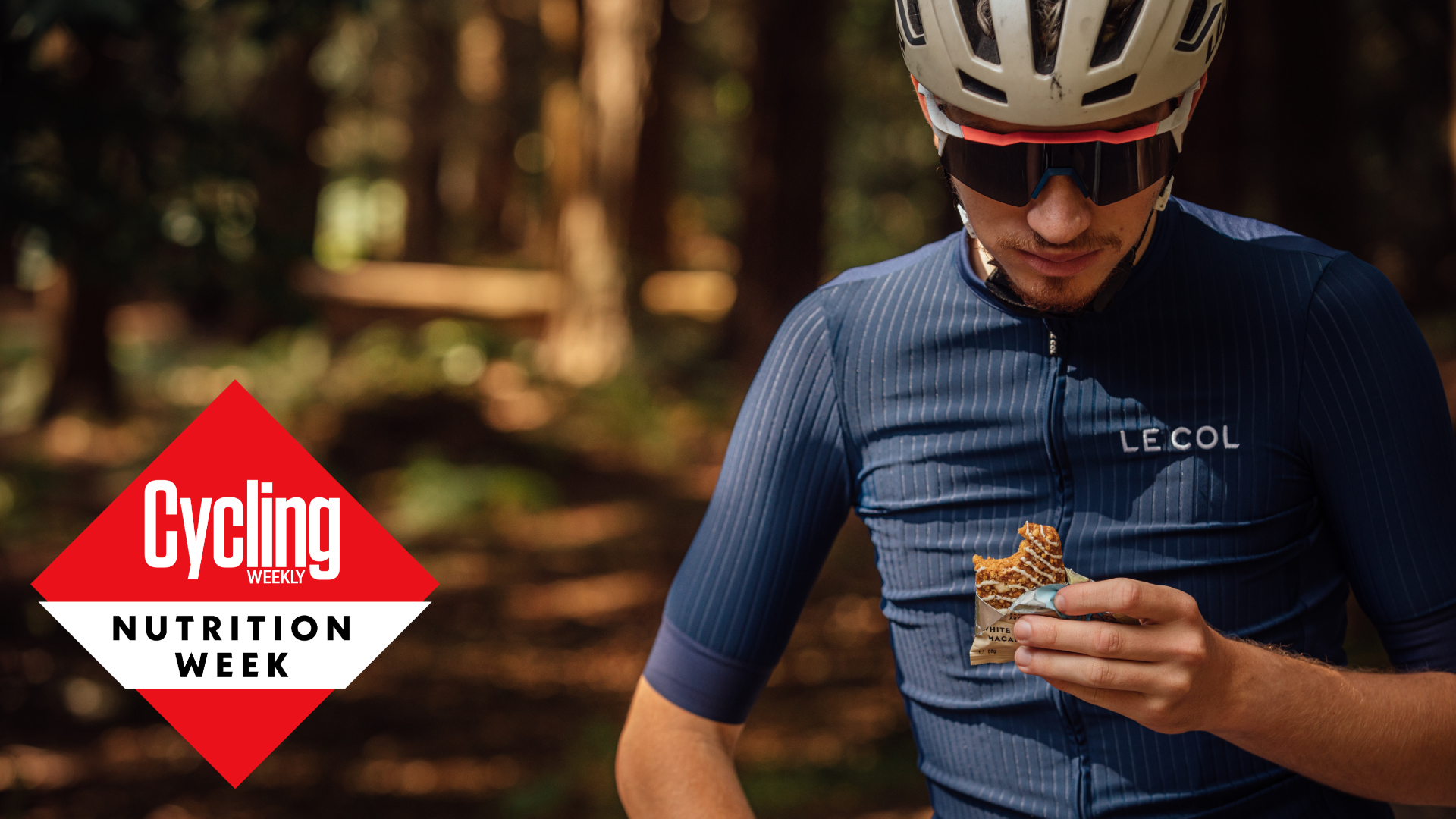 It’s ‘Nutrition Week’ on Cycling Weekly - here’s how to ensure you’re optimally fuelled to hit your riding goals
It’s ‘Nutrition Week’ on Cycling Weekly - here’s how to ensure you’re optimally fuelled to hit your riding goalsFrom the 24th-28th July here at Cycling Weekly, we’ll be doing our bit to provide you with tips on how to what you need nutrition-wise, and where to get it
-
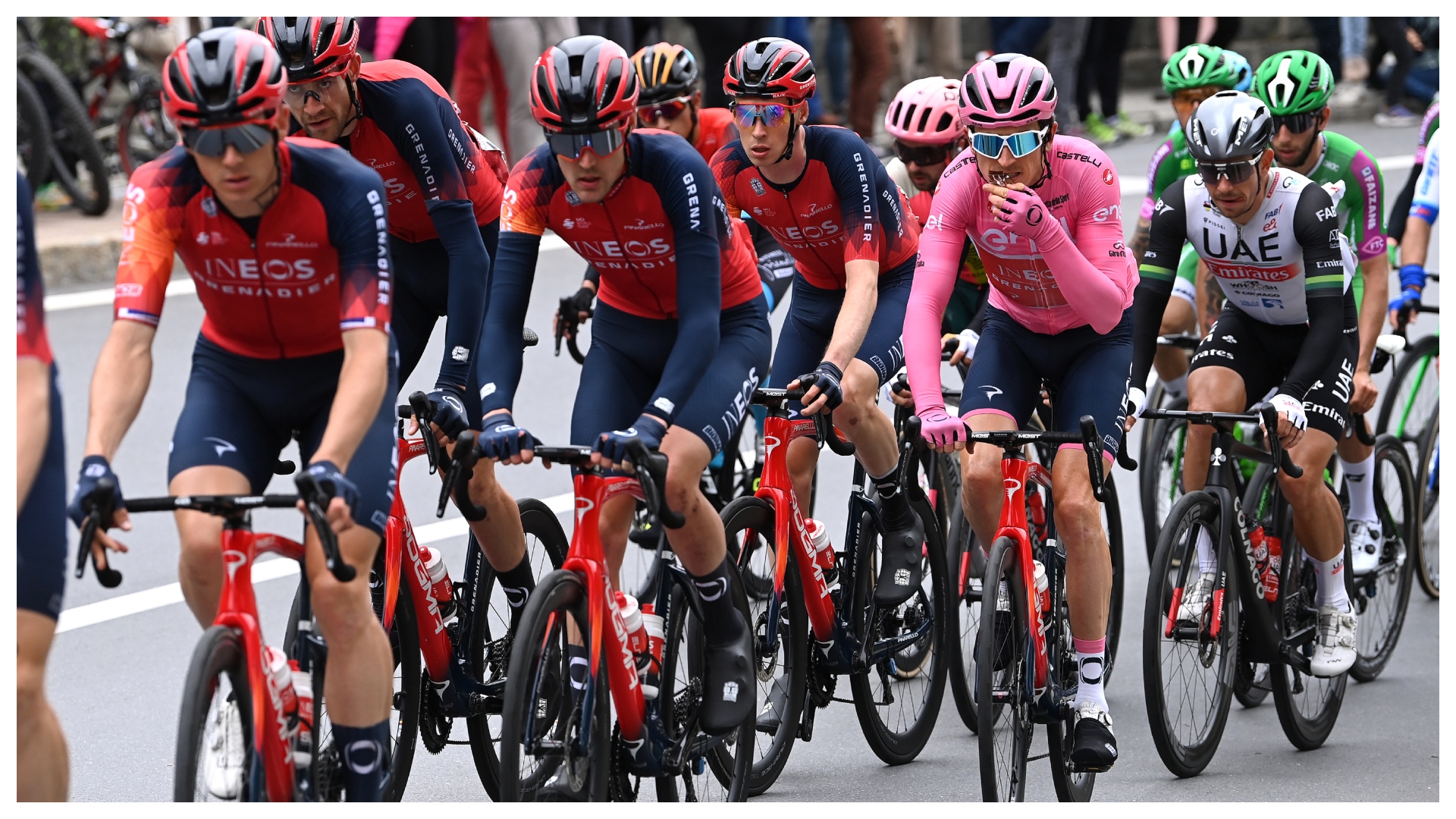 Five nutrition questions answered by an Ineos Grenadiers expert
Five nutrition questions answered by an Ineos Grenadiers expertWe put some hot fuelling topics to Dr Marc Fell, performance nutritionist for Ineos Grenadiers
-
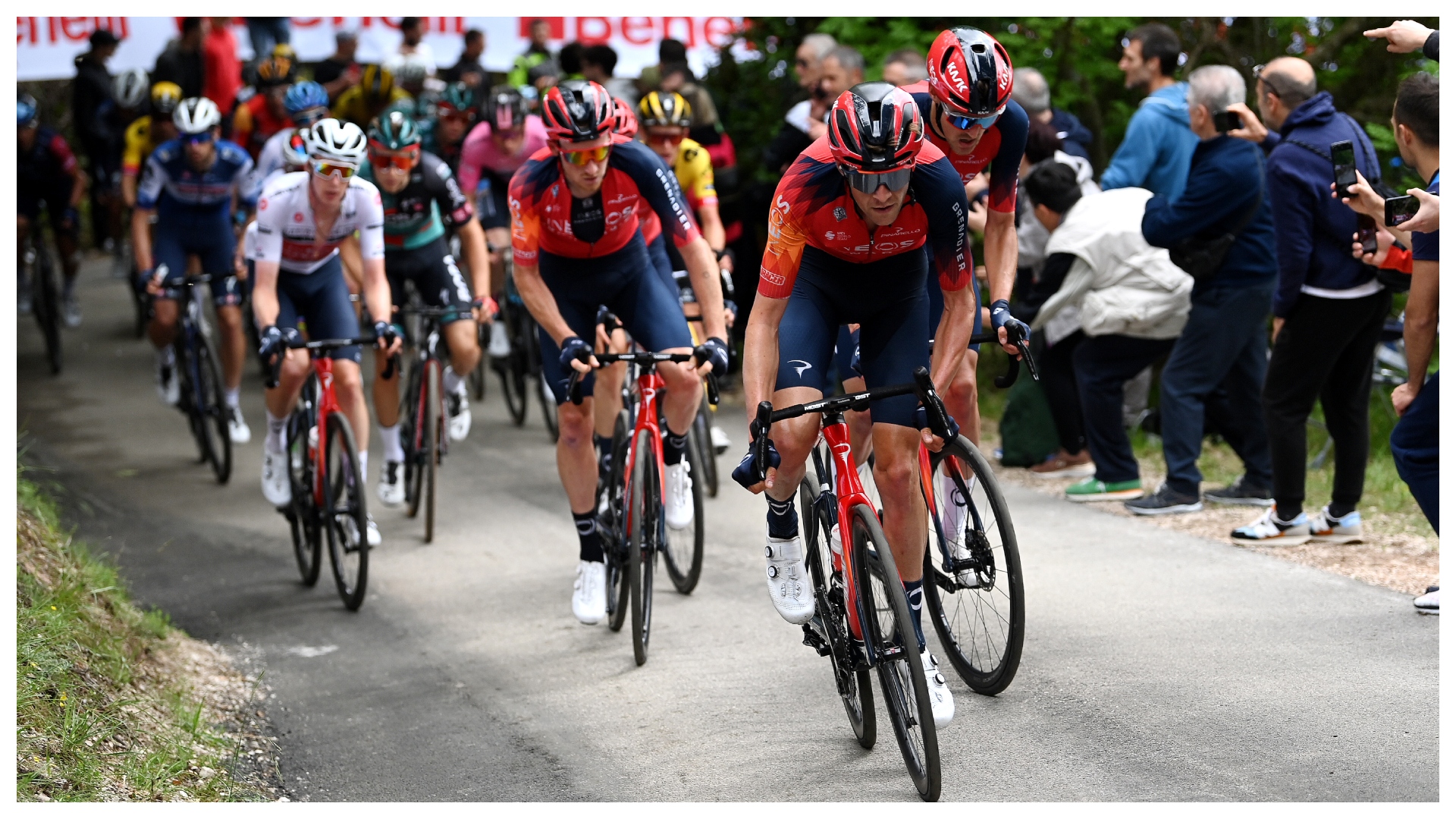 Eating for optimal recovery
Eating for optimal recoveryHow INEOS Grenadiers use Science in Sport to fuel their recovery
-
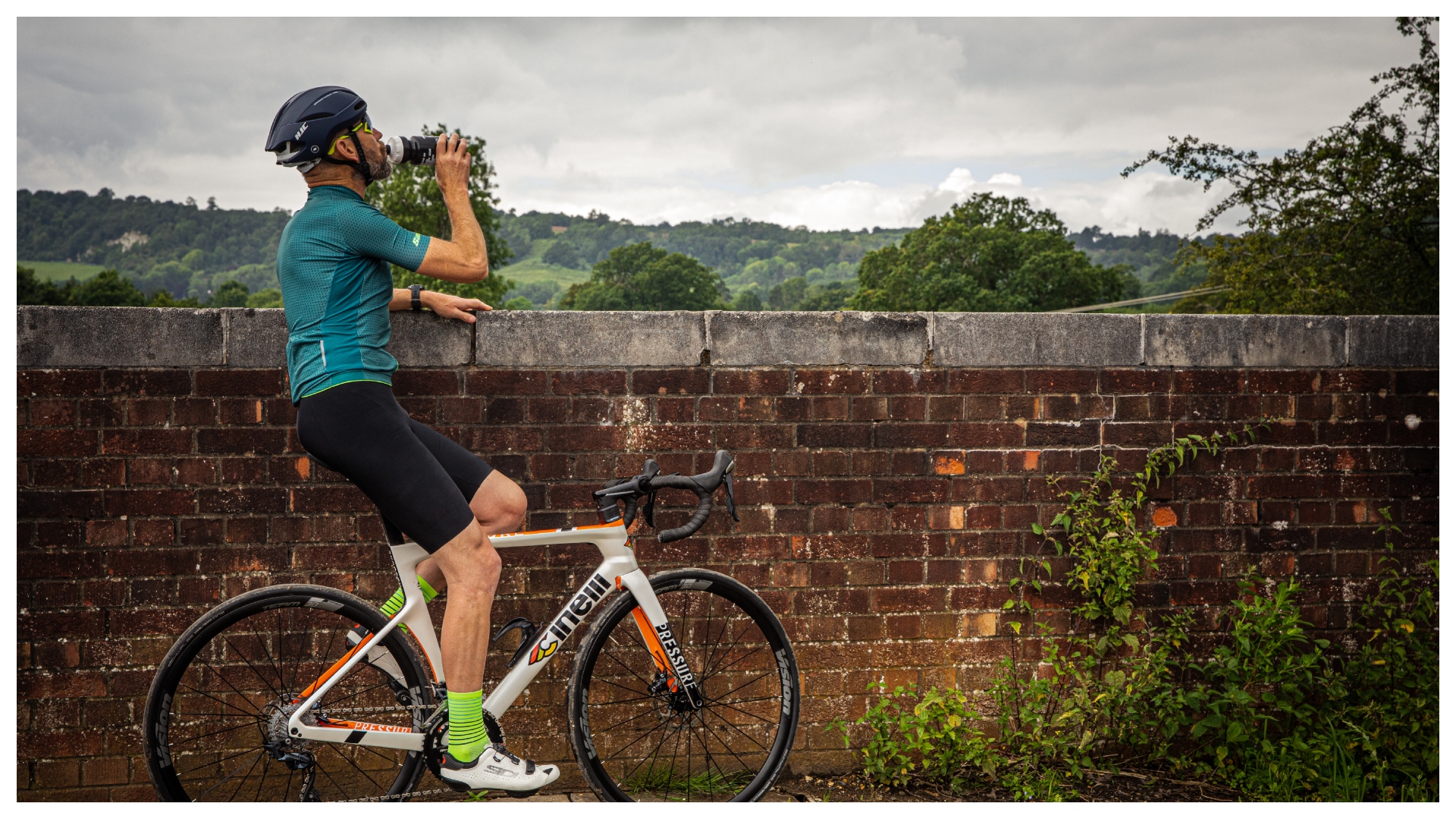 What to drink when cycling - the liquids you need on the bike
What to drink when cycling - the liquids you need on the bikeNot all liquid is created equal - we explain the different types of fluid that'll help you ride further
